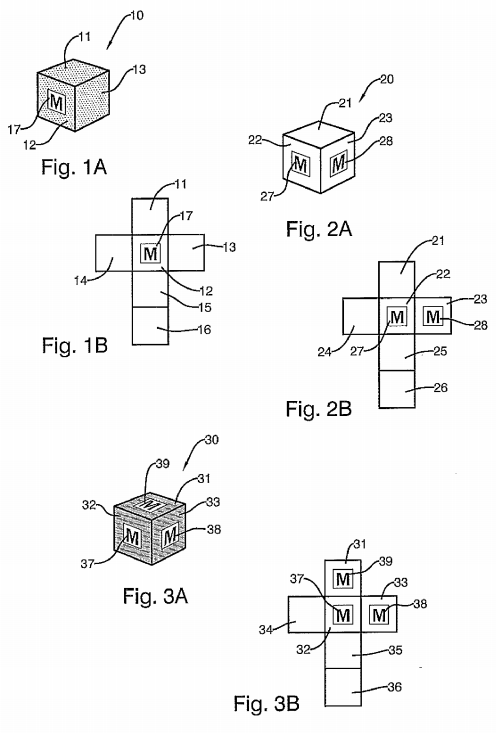
Over the years, patents have issued on numerous games, including iconic favorites such as Monopoly® (1935), Battleship® (1935), Rubik’s Cube® (1983), Rock’em Sock’em Robots® (1966), Twister® (1969), and Simon® (1979). Although there is no per se rule under current U.S. patent law against the patenting of games, it may be more challenging today to obtain patents on certain games due to the patent eligibility requirements of 35 U.S.C. § 101.
For example, the Federal Circuit recently affirmed a final decision of the Patent Trial and Appeal Board (“Board”) holding a claimed method of playing a dice game using dice having non-conventional markings to be patent ineligible under 35 U.S.C. § 101. See In Re: Marco Guldenaar Holding B.V. (Fed. Cir. 2018). Specifically, the court agreed with the Board that the claimed method recites the abstract idea of “rules for playing a game” and lacked an inventive concept sufficient to transform the claim into patent eligible subject matter.
The claimed method involves providing a set of dice with each die having identical markings on one, two, or three faces of the die, placing a wager that a specific combination of die markings will appear face up, rolling the dice, and paying a payout amount if the wager occurs. In its appeal, the applicant argued that the use of dice having identical markings on one, two, or three die faces is not conventional, and thus the claim recites significantly more than an abstract idea.